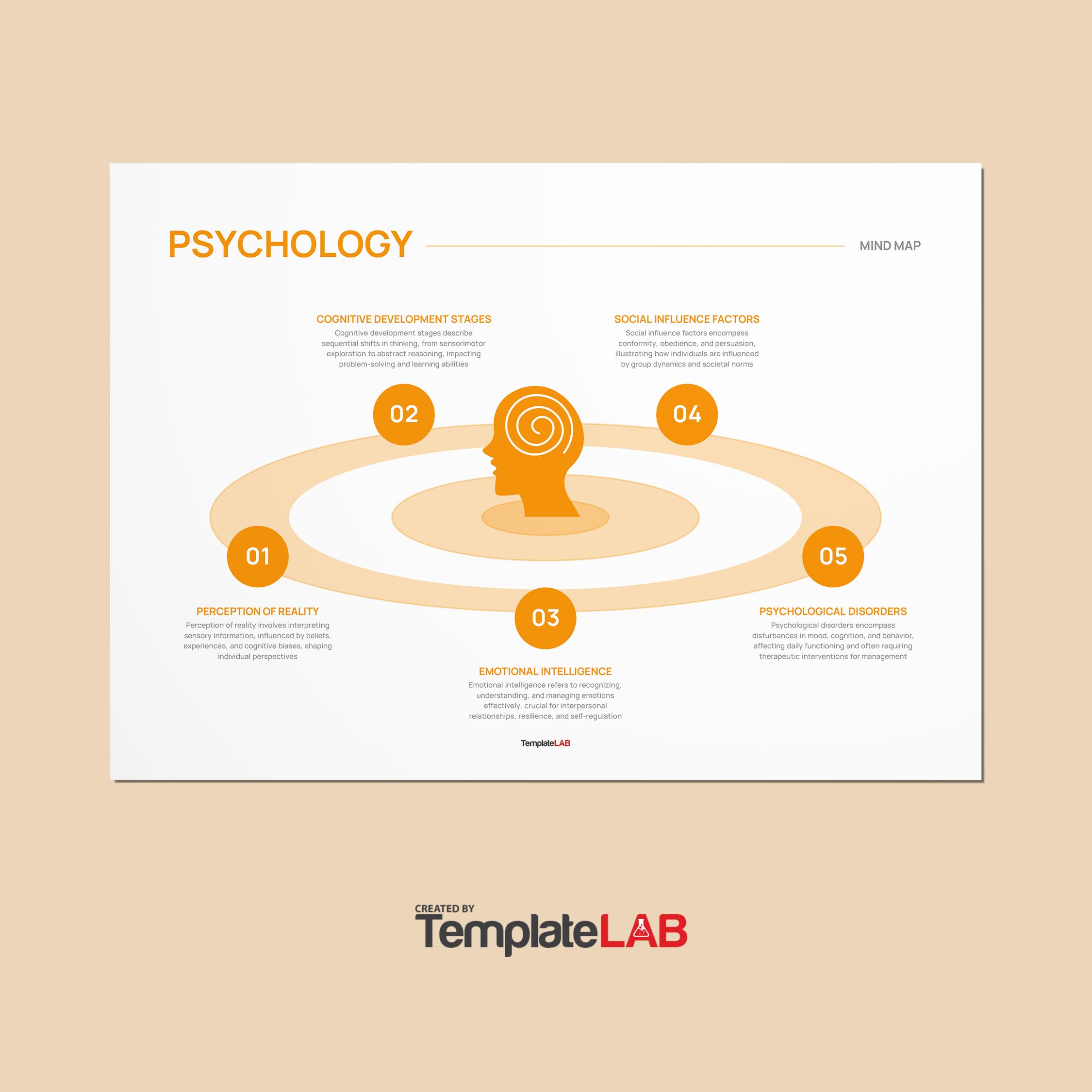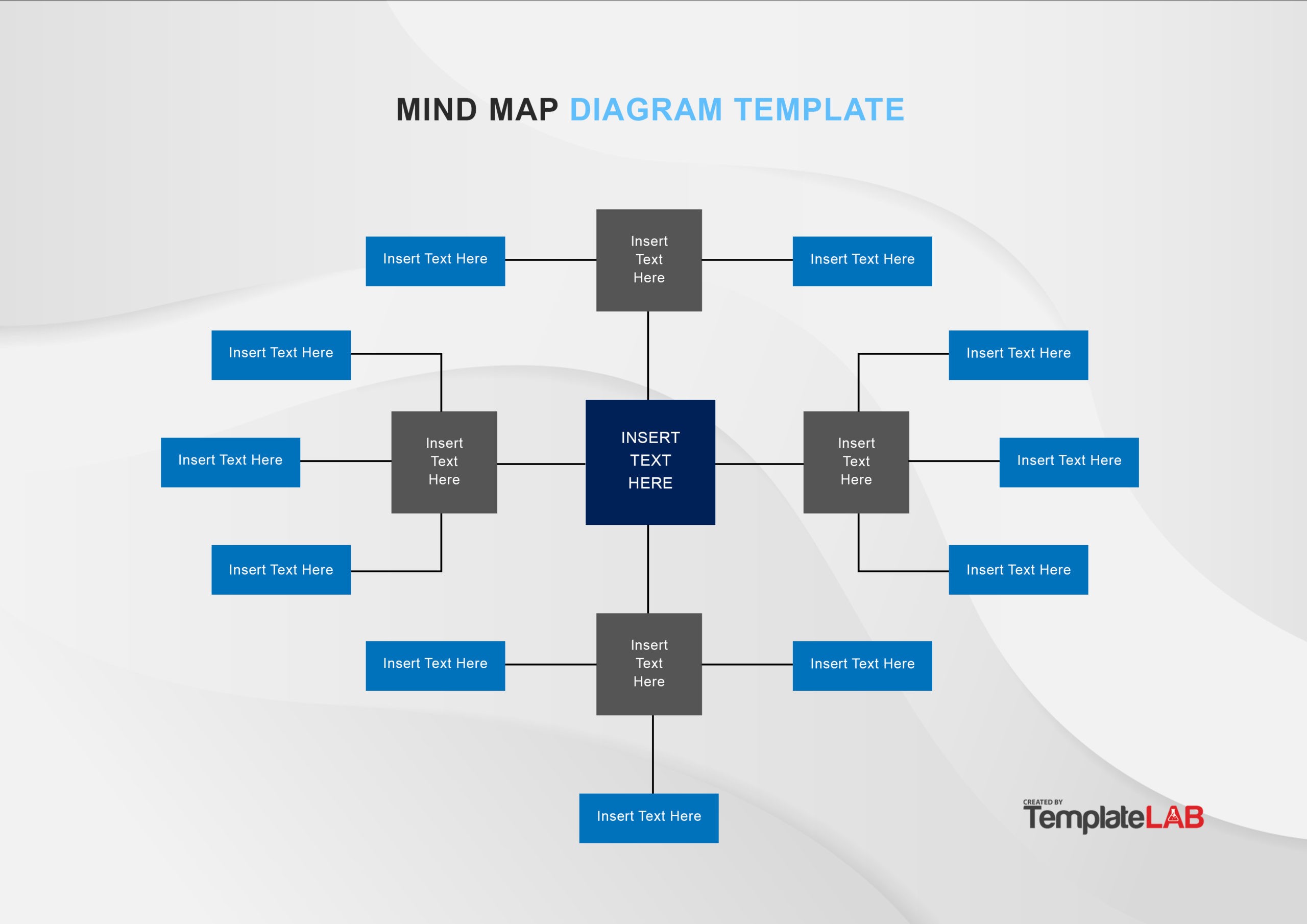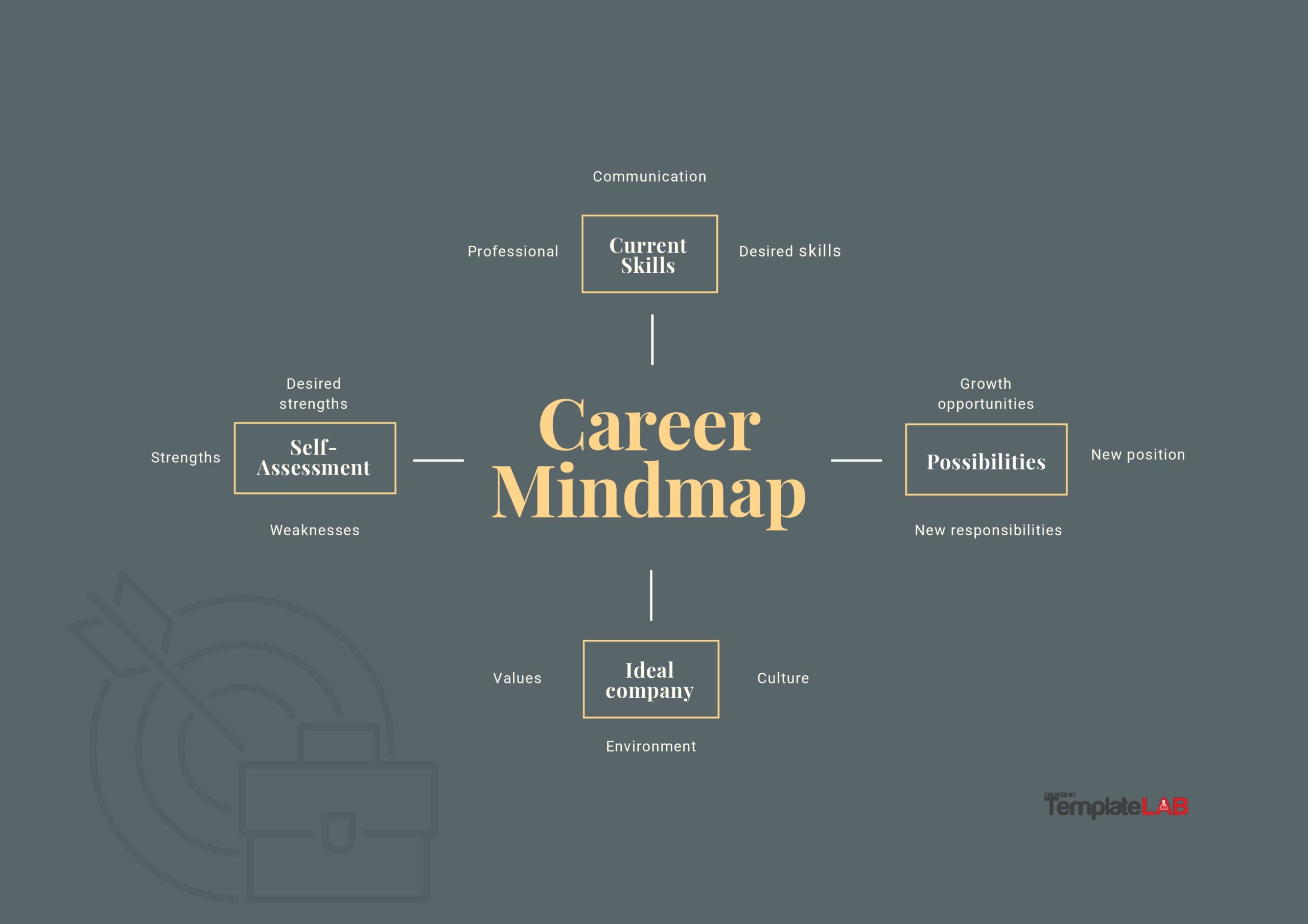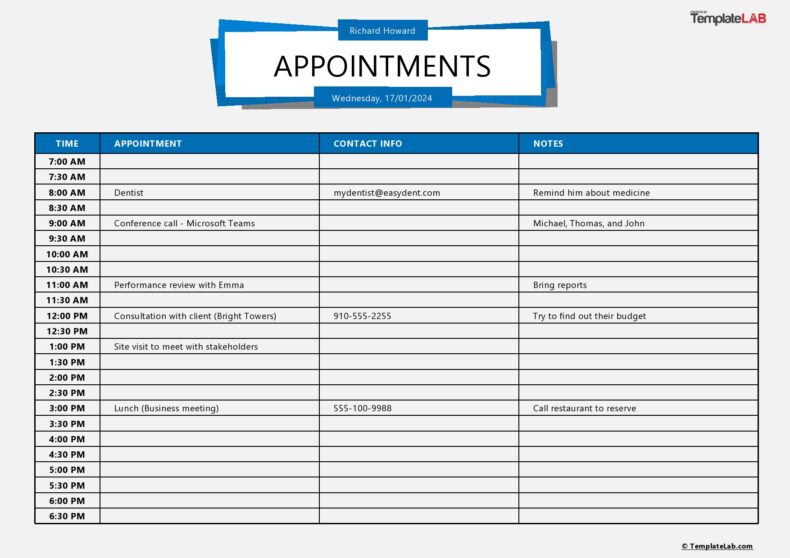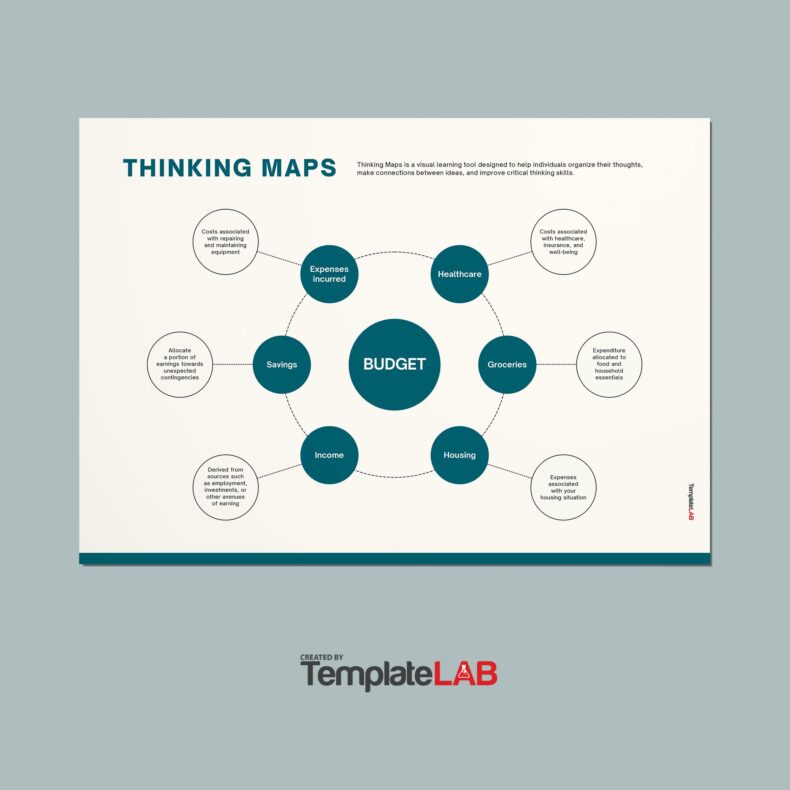A mind map is a tool used to explore an idea or concept and its related topics. Mind map diagrams visually present information in a non-linear way, and there is no often no specified structure to follow when mind mapping.
The aim of a mind map template is to develop a deeper understanding of a central concept and generate related information from one idea. Mind maps are typically used for brainstorming and are a popular method with students when exploring concepts.
Table of Contents
We provide a range of free mind map templates for you to download and customize for your mind mapping sessions and brainstorming process.
Mind Map Templates
What is a Mind Map?
Mind maps are diagrams used in a range of industries to help people brainstorm and organize their ideas. A mind map template can be an incredibly useful resource regardless of how complex the initial concept is.
Many people choose to create a mind map template to explore ideas at a deeper level and to help them form connections between a specific concept and its related ideas. Used correctly, mind maps can extend the thought process and inspire creativity, allowing you to discover new ideas as a result.
Differences between a Mind Map Template and a Concept Map Template
Mind Maps:
- Focus on one central topic
- Work better for quick note-taking and brainstorming
Concept Maps:
- Deal with a variety of different concepts at once
- Visualize concepts in a more thorough and detailed way
While both diagrams have useful features, mind map templates are a great tool for focused, intense study of a central topic.
For example, you may use a mind map template to study a particular aspect of a novel. If you are studying a novel in class, then you can create a mind map template for each of the main characters. The topics that would stem from each character could be their intentions, their appearance, key quotes, and their main relationships in the story.
Mind Map Examples
How to Use Mind Maps
Mind Mapping for Students
Mind maps are commonly used by students for studying or planning an essay. A mind map is highly customizable, meaning you are not restricted to a specific structure when brainstorming ideas. With this in mind, students at any level can use mind maps as part of their study routine.
A mind map is:
- Useful for all subjects
- Customizable
- A form of note-taking
- Great for brainstorming
When studying for an exam, you can edit a mind map template to organize information using branches that link to different topics. Mind mapping can be as detailed or as simplistic as you like, depending on what you are studying.
Brainstorming
You can easily add ideas as they come to you with a mind map template. For example, if you are copying your notes into a mind map template, perhaps a new idea arises. You can simply add this to the mind map template without feeling like it ruins the overall presentation of your ideas.
The visual layout of mind maps can help you to easily remember information. If you choose one section for a specific topic related to your main concept, then you can use the positioning of the topic to help you recall information.
It is also useful to use a specific color for different branches for this reason. Mind mapping is a staple study tool because of how the visual layout improves the recall of information.
Mind Mapping for Business
Mind maps can be used in business, either as part of a brainstorming process or as a part of a presentation during a team meeting.
Regardless of what your business is, you can use a mind map template to:
- Help improve your marketing strategy
- Brainstorm new ideas for the company
- Focus on strategic planning
- Train staff members on a specific process
Improve Collaboration Across Teams
The brainstorming aspect of mind map diagrams is favored by business people, as it can easily be used as part of a collaboration with a team. A mind map template is therefore useful when project planning or improving marketing strategy.
Brainstorming as a team can help to:
- Increase creative ideas
- Improve overall marketing strategy
- Improve current features of the business
- Allow a range of employees to have their say during a team discussion
Mind map templates can also be used as part of a formal presentation to help easily display ideas to colleagues, a team, or clients. Mind maps can also be used in online meetings.
Free Mind Map Samples
Which Mind Map Template Should You Use?
There are several types of mind maps for you to use, depending on the topic you are researching. These include:
- Spider Map
- Bubble Map
- Brace Map
- Flow Map
- Multi-Flow Map
Whilst the key features remain the same for each template, mind maps are versatile tools that you can use for a range of purposes.
Spider Map Template
Possibly the most common form of mind map, the spider map template begins with the main concept in the middle of the page, with related ideas connected by branches, like a spider web. Spider map templates are great for brainstorming ideas related to a particular concept.
Benefits of a Spider Map Template
- Great for brainstorming
- The branches structure is clear and useful for studying
- Customizable with color and images
Spider mind maps give a simplified overview of a central concept, making them a go-to choice for students and researchers.
Bubble Map Template
Bubble maps will often use one word as the central concept, with related adjectives branching out from this. For example, ‘sun’ would be the central concept, with ‘yellow’ and ‘hot’ as words in the outer circles.
The bubble mind map template structure includes space for the central idea in the middle circle, with outer circles arranged for the related adjectives. Bubble maps are therefore particularly useful when writing an essay or planning a story, as they take one simple concept and allow you to expand this creatively into more specific or nuanced ideas. You can also add images to your bubble mind map template to customize the layout.
Benefits of a Bubble Map Template
- Useful for essay and story planning
- Helps to inspire creativity
- Images can be used to add reference points
Brace Map Template
A brace map template is used for developing a deeper understanding of a specific concept, giving you a closer insight into one central concept. A brace map template allows you to understand how something works, particularly physical objects.
The structure of a brace map is still simple, however. You simply write the name of the object on the left-hand side of the page and draw the brace next to this, which you can adjust based on its related parts. Images are also useful to add to a brace map template, as they provide reminders of concepts related to the main idea.
Benefits of a Brace Map Template
- Can expand knowledge of a specific concept
- Simple structure
- Useful for science and math-based topics
Flow Map Template
Flow maps are used present ideas in a coherent sequence. They are designed in a flowchart style, with one concept leading to the next using arrows. They can be displayed horizontally or vertically.
Aside from being a useful study tool, flow maps work great as part of a presentation to highlight a sequence clearly. This can be applicable to businesses when displaying a proposed strategy, or for students who are explaining a timeline of events.
Benefits of a Flow Map Template
- Helps to sequence ideas
- Works well for presentations
Multi-Flow Map Template
Multi-flow diagrams work best for establishing cause-and-effect relationships between a central concept and its related topics.
Multi-flow map templates are designed with the main concept in the middle, similar to most mind map formats. However, a multi-flow map will typically have the causes of this concept branching out from the left-hand side, and the effects of this concept branching out to the right-hand side.
The arrows in the mind map template will flow from left to right to represent a journey from cause to effect. This is a particularly useful type of mind map when researching historical events, novels, or scientific concepts.
Benefits of a Multi-Flow Map Template
- Establishes cause-and-effect relationships
- Useful for a range of topics, including history and science-based concepts
How to Create a Mind Map Template
A real benefit to using a mind map is that they are simple and free to create. Using a mind map template makes this process even easier, and allows you to customize the mind map to your liking.
You may wish to create mind map diagrams on a computer using Google Slides or a word processor. While this may be more time-consuming, the features of online tools are particularly good for a presentation with an audience.
You can follow the same steps for designing your mind map template, whether on paper or online.
Steps to Create a Mind Map
- Choose your main conceptThis is the reason for creating your mind map. Perhaps you have to study a specific topic for a test or you have an important essay to write. Decide on your main concept to form the basis of your mind map.Most mind map templates will be designed horizontally to allow for more space, so turn your page sideways. You can then write the main idea in the middle of your mind map. This is usually inside a circle, but you can choose a different shape if you prefer. If you have chosen a different type of mind map than a spider map, then lay the main idea out accordingly.
- brainstorm related InformationDepending on your chosen style of mind map, the way that you map out ideas will differ. However, this is a crucial part of mind map creation, so be sure to choose your related ideas appropriately. If you are studying for a test, you can use past exam papers or lecture notes to help you decide which ideas to prioritize within your mind map template.In a spider map, the related ideas will branch out from the main idea. You should draw a line to link the related idea to the central idea. You can use a different color to represent different categories, perhaps writing the title of that particular section, or the whole section, in one color.
- Add information to each section of the mind map templateAs you explore concepts further, you can add additional branches to your mind map. Try to add detail whilst keeping your notes brief.You do not need to write in full sentences, as this may take up too much space. Keep it simple but prioritize key concepts that you think are relevant to remember or present to your audience.
- Use color, images, and curved linesYour mind map should be visually appealing, whether it is for studying, or for presenting to an audience. A mind map template is customizable, so you can add images and colors to help display your ideas in an engaging and memorable way.The lines that connect each section, often known as ‘branches,’ should be curved to help give you more space to write. Curved lines also allow for flexibility if you want to add more ideas to your mind map.If you’re a creative person, having a colorful mind map design can make each mind-mapping session a fun process. When I’ve suggested mind mapping to students, they often end up enjoying the process of mapping out their thinking because of the creative aspect of using different colored branches for their mind map diagrams.
Benefits of a Mind Map Template
You can download a free mind map template to begin mapping out your thinking. Mind map templates allow you to explore ideas about a concept and structure your thinking in a clear way.
Seeing a mind map template as a blank canvas can seem daunting, but the final product will result in an understanding of the bigger picture after a creative brainstorming process. You can print and edit a free mind map template to help with your study or research process.
Happy mind mapping!









